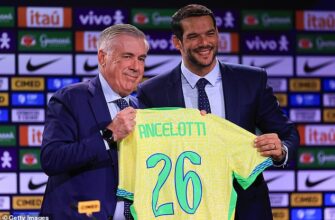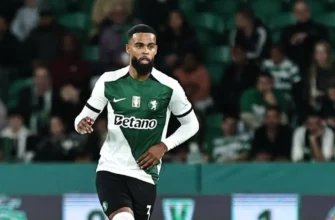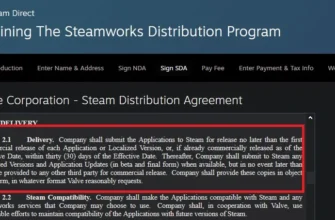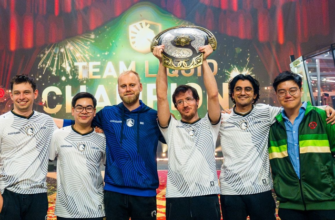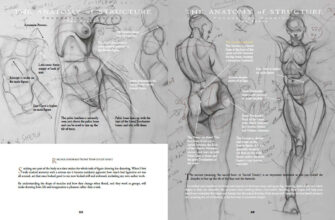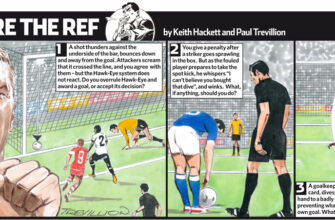- The American Quest: Momentum, Identity, and Home Field Advantage
- European Theatre: Redemption, Resurgence, and the Unthinkable
- Norway`s Northern Dream: Haaland, Odegaard, and a 28-Year Wait
- Italy`s Azzurri Anguish: Averting a Third Catastrophe
- Southern Hemisphere Dynamics & Concacaf`s Open Field
- Brazil`s Samba Struggle: Goals, Glamour, and Carlo Ancelotti`s Conundrum
- Concacaf`s New Horizon: An Expanded Opportunity
The American Quest: Momentum, Identity, and Home Field Advantage
While the United States Men`s National Team (USMNT) enjoys the luxury of automatic qualification as a co-host for 2026, this September international window is far from a mere formality. Under the guidance of their new coach, Mauricio Pochettino, the squad faces South Korea and Japan in crucial friendlies. These aren`t just exhibition matches; they`re litmus tests for a team still searching for a definitive identity and, perhaps more critically, a signature victory that can instill confidence and erase lingering doubts.
Pochettino`s tenure is marked by experimentation, a necessary evil when building for a home World Cup. This period offers a final opportunity to assess new talent before solidifying the core squad. The spotlight will undoubtedly fall on players like Folarin Balogun, eager to make his competitive debut under the new regime, and Josh Sargent, whose impressive five-goal streak for Norwich City puts him firmly in contention. Yet, with key figures like Antonee Robinson and Weston McKennie sidelined, the onus falls heavily on leaders such as Christian Pulisic and Tyler Adams to steer the ship. The fear of a spiraling narrative, fueled by poor performances, looms large. This is a critical window for the USMNT to not just play, but to truly *show up* and demonstrate they are ready to be formidable hosts.
European Theatre: Redemption, Resurgence, and the Unthinkable
Norway`s Northern Dream: Haaland, Odegaard, and a 28-Year Wait
Across the Atlantic, the drama intensifies. For Norway, this international break represents a golden opportunity to inch closer to ending a World Cup drought stretching back to 1998. The prospect of seeing global superstars like Erling Haaland and Martin Odegaard grace the biggest stage is a tantalizing one for football fans worldwide. Norway`s strong start in UEFA qualifying has ignited a flicker of hope that could soon become a roaring flame. Facing Finland and Moldova, these are matches where anything less than maximum points would feel like a missed opportunity to solidify their position and truly start dreaming of booking their tickets to North America. The weight of nearly three decades of absence is palpable, and with such generational talent, the pressure to deliver is immense.
Italy`s Azzurri Anguish: Averting a Third Catastrophe
In stark contrast to Norway`s burgeoning optimism, Italy, a nation synonymous with World Cup glory, finds itself in an unenviable position. After missing the last two tournaments – an unthinkable scenario for a four-time champion – the Azzurri are under immense pressure to qualify for 2026. Their start to UEFA qualifying has been shaky, with just one win and one loss from two matches. The only comfort, if one can call it that, is having played fewer games than some rivals.
The appointment of Gennaro Gattuso as the new coach signals a desperate attempt to reset. Gattuso, known for his fiery temperament and tactical pragmatism, faces the monumental task of instilling belief and cohesion into a squad that seems to be operating under a perpetual cloud of anxiety. Missing a third consecutive World Cup would not just be detrimental; it would be an unprecedented catastrophe for Italian football, a scar on a proud legacy that even time might struggle to heal. This is a period not just for points, but for a profound psychological turnaround.
Southern Hemisphere Dynamics & Concacaf`s Open Field
Brazil`s Samba Struggle: Goals, Glamour, and Carlo Ancelotti`s Conundrum
Further south, Brazil, ever the perennial powerhouse, has already secured its berth for 2026. Yet, qualification doesn`t necessarily equate to contentment. Under Carlo Ancelotti, the Seleção has found a defensive stability that was perhaps lacking, but at what cost to their legendary attacking flair? Scoring only one goal in their last two outings against Ecuador and Paraguay is deeply concerning for a team renowned for its attacking brilliance. Ancelotti`s challenge is to reignite the Samba magic without compromising defensive solidity, and he`ll have to do so without the injured Matheus Cunha.
Matches against Chile and Bolivia in this window are precisely the kind of fixtures where Brazil is expected to score freely. If the goals don`t flow, despite the comfortable qualification status, the murmurs of concern will only amplify. The world expects spectacle from Brazil, and Ancelotti`s true test is to deliver both results and the aesthetic pleasure of their iconic football.
Concacaf`s New Horizon: An Expanded Opportunity
Finally, the Concacaf region presents a fascinating landscape. With the traditional “big three” (USA, Mexico, Canada) already qualified as hosts, the qualifying tournament kicks off with an unprecedented opportunity for other nations. This expanded World Cup format truly levels the playing field, offering realistic dreams to teams who previously faced insurmountable odds. Nations like Jamaica, Panama, and Costa Rica will fancy their chances for direct qualification, but they cannot afford to slip up.
The improvements across Concacaf mean that emerging sides, such as Guatemala and Honduras, have more to gain than ever before. The battle for those coveted extra qualification spots promises to be fiercely contested, turning what might once have been predictable group stages into gripping, high-stakes encounters. It`s anyone`s guess who will rise to the occasion, but one thing is certain: the expanded World Cup has breathed new life into the region`s footballing aspirations.


